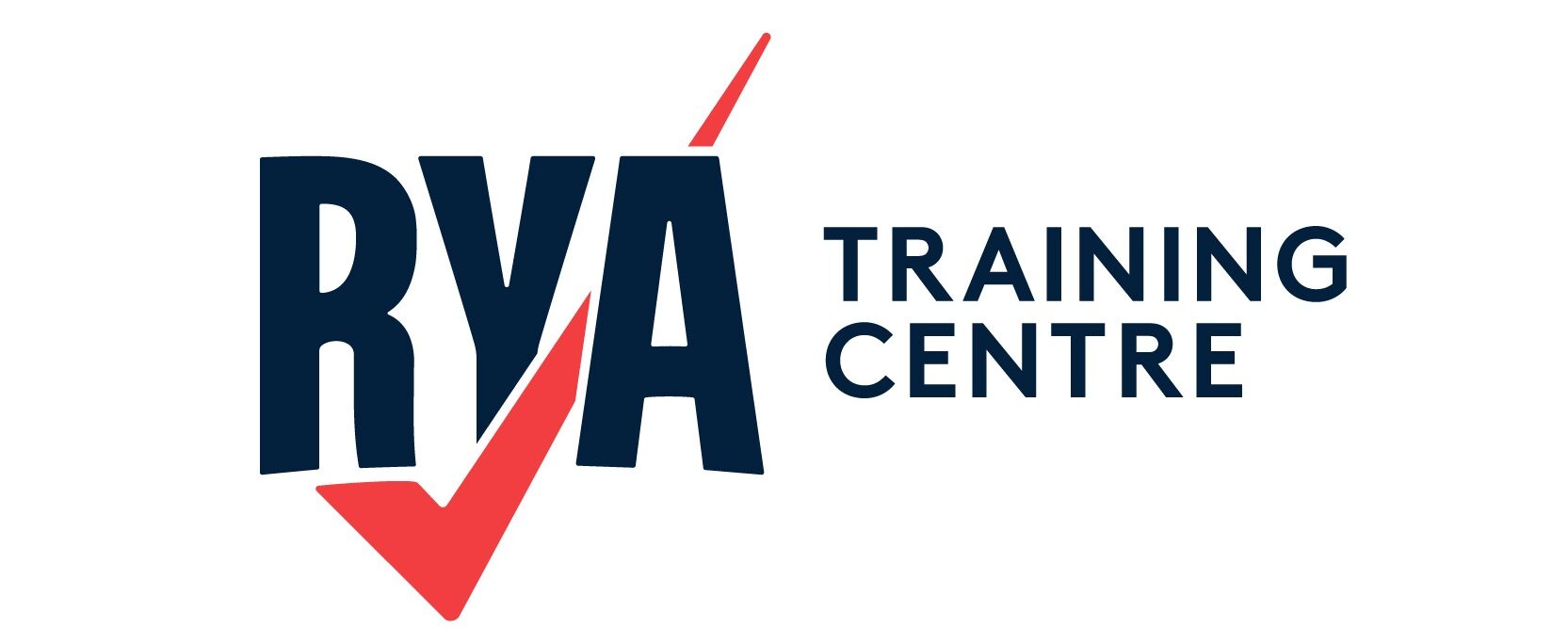A Chinese gybe is caused by the yacht excessively heeling over to windward. The upper section of the mainsail and the spinnaker move to windward further increasing the angle of heel. The boom stays on the original side but the sails fill on the opposite side.
When this happens, the yacht turns and bears away in a new direction. The skipper will lose control of steering as the yacht heels over causing less water to pass over the rudder. The yacht will eventually end up flat on her side with the boom in the air and the spinnaker pole in the water. The most dangerous part is when the boom crashes across as the wind in the mainsail ceases to support the booms weight.
A Chinese gybe can be caused by difficult sea conditions, perhaps an old residual cross swell, but often they are an indication that the boat is starting to become overpowered. Recovery should be followed by an assessment of the conditions. Perhaps it is time to change to a smaller spinnaker or go with a poled-out headsail. Make sure your cockpit is ready at all times for a drop. Check out Sam Goodchild’s video demonstrating a Chinese gybe:
Chinese Gybe: Mainsail Advice
The mainsail should be used to stabilize the yacht by reducing the windward heel and balancing out the power in the spinnaker.
The head of the mainsail needs to stay ‘powered up’ which can be achieved by altering the kicker. The mainsail pushes the yacht to leeward to balance the spinnaker pushing the yacht to windward.
In the event of a Chinese gybe, if you have rigged up a preventer, it will give you extra time to de-power the spinnaker before the boom crashes down.
Chinese Gybe: Spinnaker Suggestions
Controlling the spinnaker is the key to avoiding a Chinese gybe. Make sure to de-power it early and prevent it from wandering. This will stop the yacht from excessively heeling.
Chinese Gybe: Helm & Autopilot Considerations
If you feel the yacht is starting to roll, adjust the helm with measured steady movements. Oversteering or erratic behavior on the helm will make the yacht stall as the rudder needs water flowing over it to power the steering. Try to coax the yacht out of the roll towards to a higher wind angle. Be aware that if you do this too suddenly, you may broach.
Autopilot is often the cause of a yacht Chinese gybing when sailing short-handed. Modern units allow you to program the autopilot to steer 5 -10° high of the course to avoid this happening.
Chinese Gybes: Key Points
- ACT IN ADVANCE – Premeditate the wind conditions and the way your yacht will react. Increasing wind should alert you to trim the spinnaker to keep it under control.
- ORGANISATION – Prepare your preventer and keep the cockpit organised so lines are easy to release in an emergency situation.
- ACT CALMLY – Over steering or erratic helming will make the yacht broach or stall, worsening the situation.

